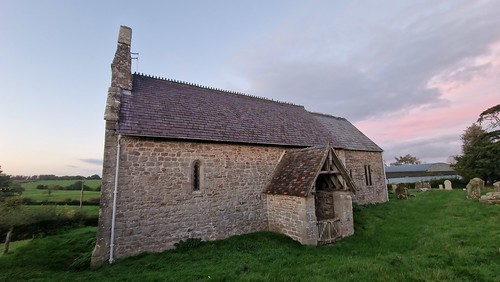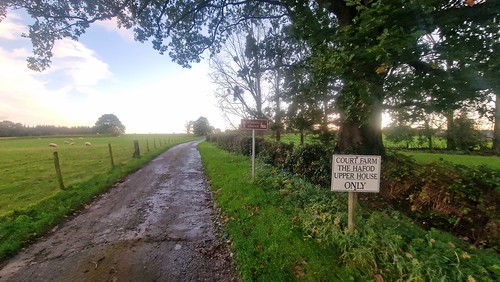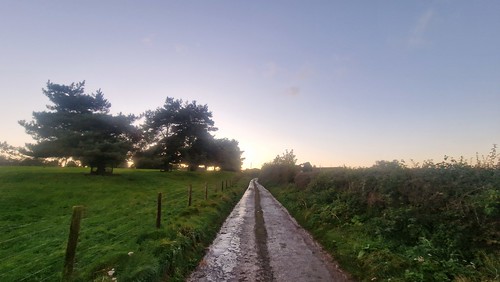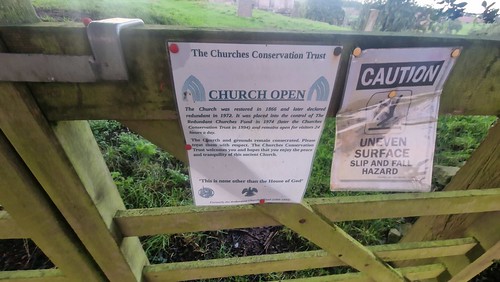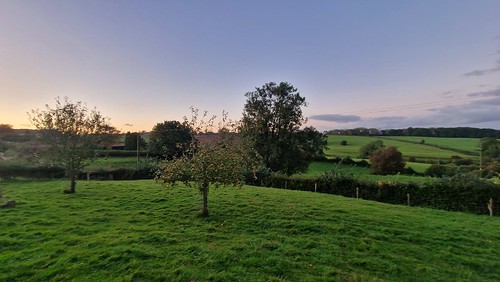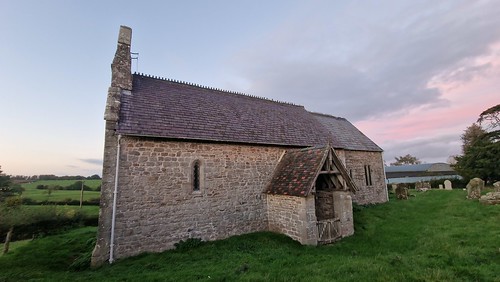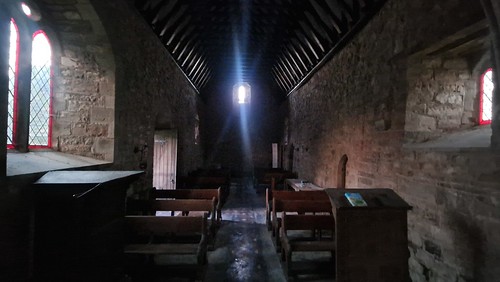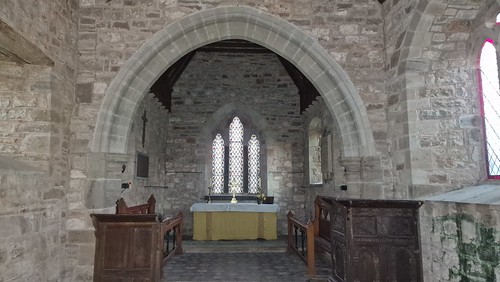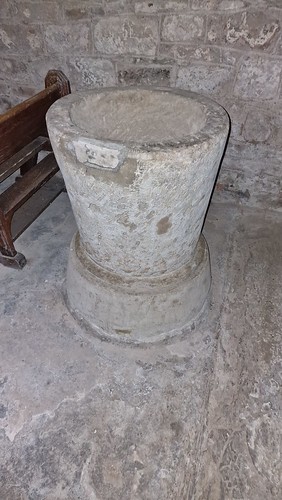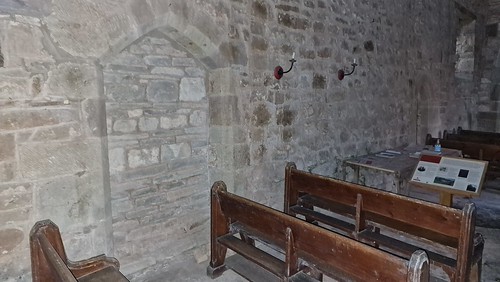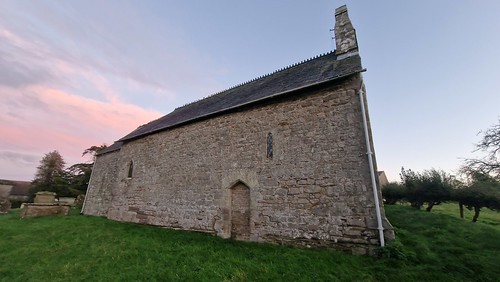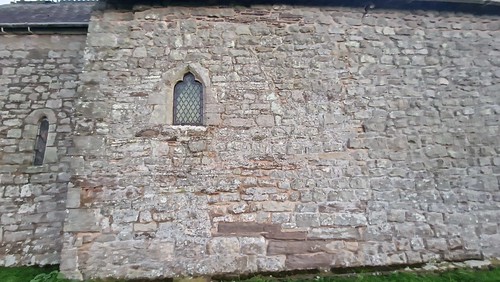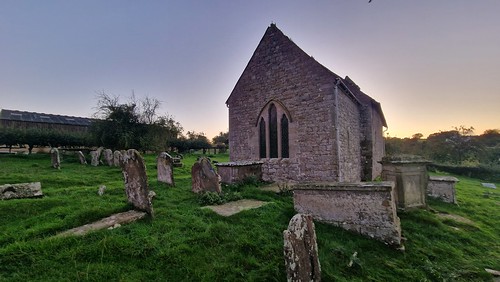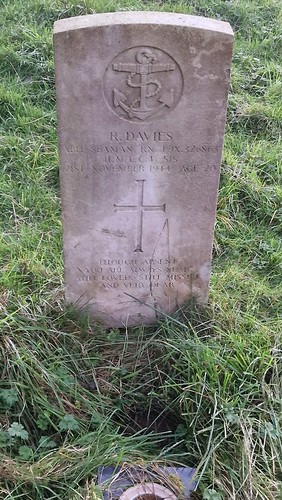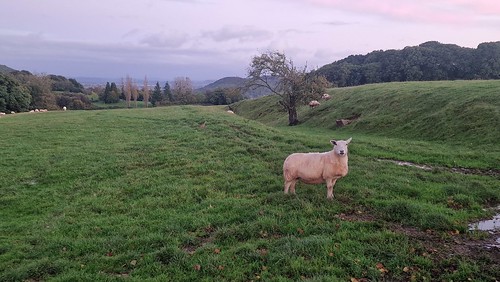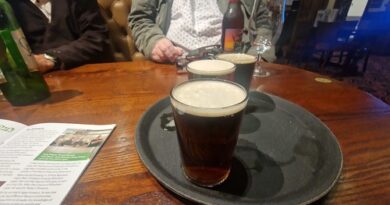Wormsley – St Mary’s Church
I’ve returned from a weekend near Hereford and this was the shortest of the walks from our accommodation which was at Herefordshire Golf Course. Jonathan and I wandered down this track which only goes to some farm buildings and the former village church which is only a five minute walk away at most.
We didn’t have a great deal of time before it was dusk, so it was fortunate that this was such a short walk.
We didn’t need to worry about the church closing before we got there, since it’s open 24 hours a day. It’s looked after by the Churches Conservation Trust and they’ve got historical information about the building on their web-site.
I would say that the churchyard was peaceful and quiet, but there was a cacophony of barking from the dogs on the adjoining farm.
I slightly wonder how this church had a large enough congregation to support it into the twentieth century. There were only 70 residents in the village in the late nineteenth century and as religious attendance fell there were inevitable questions about its sustainability. In 1972, rather inevitably perhaps, the Church of England declared it redundant.
It’s fair to say that it was rather dark when we entered. The rest of the photos are using flash and some by using my phone camera’s night mode to try and brighten things up somewhat.
I thought that it was all really rather beautiful. The church dates from the twelfth century, but there was likely an earlier religious building on the site before that as there was a priest listed in the Domesday Book as living in the village.
The twelfth century nave is built of sandstone and the chancel was added in the thirteenth century, but this has been knocked about by the Victorians who rebuilt it and incorporated some of the original stone.
This font dates to the twelfth century, although the base is more recent. As someone fascinated by history and items that have been important to generations of people, being able to see a font that was used to baptise children born 900 years ago is something of an experience. I’m not an expert in font design, but there remains the possibility that this font is earlier and would be the only element remaining from the previous church. But this font remained safe during the Hundred Years’ War, the Reformation, the English Civil War and then the two world wars of the twentieth century. It’s done well.
Both the doors in the north wall are blocked off, although it’s lost to history when that would have happened.
And the north wall from the outside.
The guidebook notes that there might be evidence here of external rood steps, but my building knowledge isn’t that advanced to even know what I’m looking at here. I imagine they would be external though, there doesn’t seem to be enough space internally for them.
The church is located on an elevated position giving it some fine views over the countryside.
There is one Commonwealth War Grave in the churchyard, commemorating the life of Able Seaman Ralph Davies who died on 21 November 1944, at the age of just 20. He was the son of Alice Davies, who lived in the neighbouring village of Brinsop.
With that, we retraced our steps back to the cabins, making this the shortest and easiest walk of the weekend. The sheep looked vaguely interested in our expedition at least.

